Download and print out the POSTER here (PDF file)
I have Dyslexia by Upbility
Dyslexia is a specific learning disability that mainly impacts the development of writing, reading, and language skills. It is likely to be present at birth and to have lifelong effects. Some common signs of dyslexia include difficulties with phonological processing, rapid naming, working memory, processing speed, and the automatic development of skills that may not match up to an individual’s other cognitive abilities.
Dyslexia - a word that often causes fear, uncertainty or misunderstanding in the hearts of many. However, for me, it is a term that simply describes an aspect of who I am. As a person with dyslexia, I represent a group of individuals who perceive and interpret the world differently.
"Am I dyslexic?" Many undiagnosed adults find themselves asking this question, especially after a lifetime of unexplained reading challenges - and subsequent academic, professional and/or personal problems.
Although usually considered a childhood disorder, dyslexia can be diagnosed at any age by a knowledgeable psychologist, diagnostic specialist or learning disability specialist. The first step? Take the free dyslexia test below and show the results of this 15-question diagnostic test to your doctor to see if your symptoms match those of dyslexia.
Understanding dyslexia and the need for patience
First, in order to understand what dyslexia entails, we need to analyze the misconceptions surrounding it. Dyslexia, recognised primarily as a learning disability, affects reading, writing and spelling. However, it does not indicate a lack of intelligence or ability. Like a multitude of others, I struggle daily with dyslexia, and while it presents its challenges, it also presents unique perspectives that enrich my experiences.
Living with dyslexia can be an uphill battle, with each day bringing its own set of obstacles. Therefore, the critical virtue I seek from others is patience. Processing information can sometimes be an arduous journey for me, akin to navigating a maze where the exit seems elusive. This challenge, however, does not imply incompetence, but rather suggests a divergent path to understanding.
How to support people with dyslexia
If you ever find yourself in a position to help a person with dyslexia, remember:
"Trust me." Trust is the foundation for confidence and personal growth. It enables us to challenge ourselves and, most importantly, to believe in our own potential. It may take me a little longer to read a quote or write an essay, but trust me that I can and will get it done.
On this journey, "Don't yell at me." High-pressure situations can cloud our ability to think clearly, resulting in mistakes. It is important to provide a calm and peaceful environment that allows us to learn at our own pace without fear of potential mistakes. Remember, we learn from mistakes, not from fear.
"Help me learn the way I learn." Each person with dyslexia has their own unique way of processing information. Some find visual aids helpful, others prefer auditory instructions and some may benefit from tactile experiences. By understanding these preferences, you can provide personalized support that caters to our unique learning styles.
"Give me the time I need." Rome wasn't built in a day, and similarly, understanding a new concept can take me a while. By providing the time and patience I need, you help create an environment where learning is not a race, but a journey to be enjoyed.
Emotional support for people with dyslexia
It is vital to remember the emotional aspect of dyslexia.
"Help me not to lose faith in myself". Living with dyslexia can sometimes feel isolating, especially when the world around us seems to move at a faster pace. Support us in maintaining our self-esteem by reminding us that it's okay to learn differently.
"When I fall, be there to pick me up." Everyone stumbles at some point; it's part of being human. When we fall, what we need is not criticism, but understanding and support to get back on our feet.
"When I struggle, you give me courage." Words of encouragement can work wonders in difficult times. They serve as gentle reminders of our strengths and resilience, helping us to keep going.
"I'm no different, don't treat me differently." While we may process information differently, that doesn't make us less than anyone else. We desire acceptance and equal treatment like everyone else.
Strong points associated with dyslexia
One of the most powerful changes we can make is to "focus on my strengths". While dyslexia brings its unique challenges, it also comes with a number of strengths that often go unrecognized. Understanding and focusing on these strengths not only enhances us but also reshapes the way dyslexia is perceived.
"I am gifted". One thing that sets many of us with dyslexia apart is our charisma. Relying heavily on our right hemisphere, we tend to think more in pictures than words, which gives us an advantage in understanding complex systems and interpreting the world around us. This visual thinking allows us to be compelling storytellers and effective communicators, qualities that inherently attract others.
"I have a creative and productive mind." With our unique "imagination network", we have the ability to seek and find many original and innovative ideas. Whether it's an inventive solution to a problem or a creative twist on a traditional concept, our minds are incessantly productive, turning our divergent thinking into an asset.
"I have a well-developed empathy." Living with dyslexia allows us to develop a deep sense of empathy. Our struggles enable us to empathize, understand and share your pain and joy. This ability to connect with others on an emotional level is not just an asset, but a gift.
"I have a sense of humor!" And yes, we dyslexics have an innate, quality and successful sense of humor. The ability to see things from a unique perspective often gives us a quirky and unique sense of humor that is a source of joy and entertainment.
There are 4 types of dyslexia.
The 4 types of dyslexia include phonological dyslexia, surface dyslexia, rapid naming deficit, and double deficit dyslexia.
Phonological dyslexia is extreme difficulty reading that is a result of phonological impairment, meaning the ability to manipulate the basic sounds of language. The individual sounds of language become 'sticky', unable to be broken apart and manipulated easily. This type of dyslexia is synonymous with dyslexia itself.
Surface dyslexia, first described by Marshall and Newcombe, is a disorder characterized by the relatively preserved ability to read words with regular or predictable grapheme-to-phoneme correspondences but substantially impaired reading of words with “irregular” or exceptional print-to-sound correspondences
Rapid naming deficit – sometimes called rapid automated naming (RAN) – is characterized by difficulty quickly naming things such as numbers, letters, and colors on sight. It can take longer for them to name them in a row, which could be related to processing speed.
The double-deficit hypothesis of dyslexia posits that both rapid naming and phonological impairments can cause reading difficulties, and that individuals who have both of these deficits show greater reading impairments compared to those with a single deficit.
Symptoms of Dyslexia, by Mayo Clinic
Signs of dyslexia can be difficult to recognize before your child enters school, but some early clues may indicate a problem. Once your child reaches school age, your child's teacher may be the first to notice a problem. Severity varies, but the condition often becomes apparent as a child starts learning to read.
Preschool Children and signs of dyslexia
- Late talking
- Learning new words slowly
- Problems forming words correctly, such as reversing sounds in words or confusing words that sound alike
- Problems remembering or naming letters, numbers and colors
- Difficulty learning nursery rhymes or playing rhyming games
Kids in School age and signs of dyslexia
- Reading well below the expected level for age
- Problems processing and understanding what he or she hears
- Difficulty finding the right word or forming answers to questions
- Problems remembering the sequence of things
- Difficulty seeing (and occasionally hearing) similarities and differences in letters and words
- Inability to sound out the pronunciation of an unfamiliar word
- Difficulty spelling
- Spending an unusually long time completing tasks that involve reading or writing
- Avoiding activities that involve reading
How about Teens and adults
Dyslexia signs in teens and adults are similar to those in children. Some common dyslexia signs and symptoms in teens and adults include:
- Difficulty reading, including reading aloud
- Slow and labor-intensive reading and writing
- Problems spelling
- Avoiding activities that involve reading
- Mispronouncing names or words, or problems retrieving words
- Trouble understanding jokes or expressions that have a meaning not easily understood from the specific words (idioms), such as "piece of cake" meaning "easy"
- Spending an unusually long time completing tasks that involve reading or writing
- Difficulty summarizing a story
- Trouble learning a foreign language
- Difficulty memorizing
- Difficulty doing math problems
Causes of Dyslexia:
First lets talk about genes, and heredity
Dyslexia runs in families. As many as 49 percent of parents of kids with dyslexia also have it. And about 40 percent of siblings will also struggle with reading.
Researchers have been looking at specific genes. So far, they’ve found several genes that are linked to reading and language processing issues.
There is a connection to other learning and thinking differences
Many kids with dyslexia have other learning and thinking differences as well. It’s common for kids to have both dyslexia and ADHD for instance. Anywhere from 20 to 40 percent of kids with ADHD also have dyslexia. There’s been little research into the connection, but experts think genes may play a role. Watch as an expert explains the overlap between ADHD and dyslexia.
Kids with dyslexia often also have dyscalculia. Research suggests that there may be a genetic link between difficulty with reading and difficulty with math. Learn more about dyslexia, dyscalculia, and genetics.
Although dyslexia is due to differences in the brain, no blood tests or lab screenings can detect it. In fact there have been many researches with pet scans, that conclude to the following. The brain of a child with dyslexia is the same with the brain of a typical child.
Dyslexia can only be formally diagnosed through a Diagnostic Assessment carried out by a certified assessor, such as
- Dyslexia screening
- Dyslexia checklists
- Dyslexia Diagnostic Assessment
We know that dyslexia doesn’t go away. But with good instruction and practice,early intervantion, kids with dyslexia can improve at reading.
Conclusion
Life with dyslexia is a journey full of challenges and triumphs. While the path is sometimes steep and rough, it is also adorned with beautiful landscapes of creativity, empathy, humor and charisma. I am proud to be part of this unique group who, with resilience and determination, continue to break barriers and challenge norms.
Remember, dyslexia does not define us; it is just a part of who we are. We are not different, just unique, and being unique is not a weakness, but a strength. Let's celebrate these strengths, promote understanding, and foster an environment where everyone, regardless of how they learn or process information, is valued for their unique gifts and contributions.
Original content from the Upbility writing team. Reproduction of this article, in whole or in part, without credit to the publisher is prohibited.


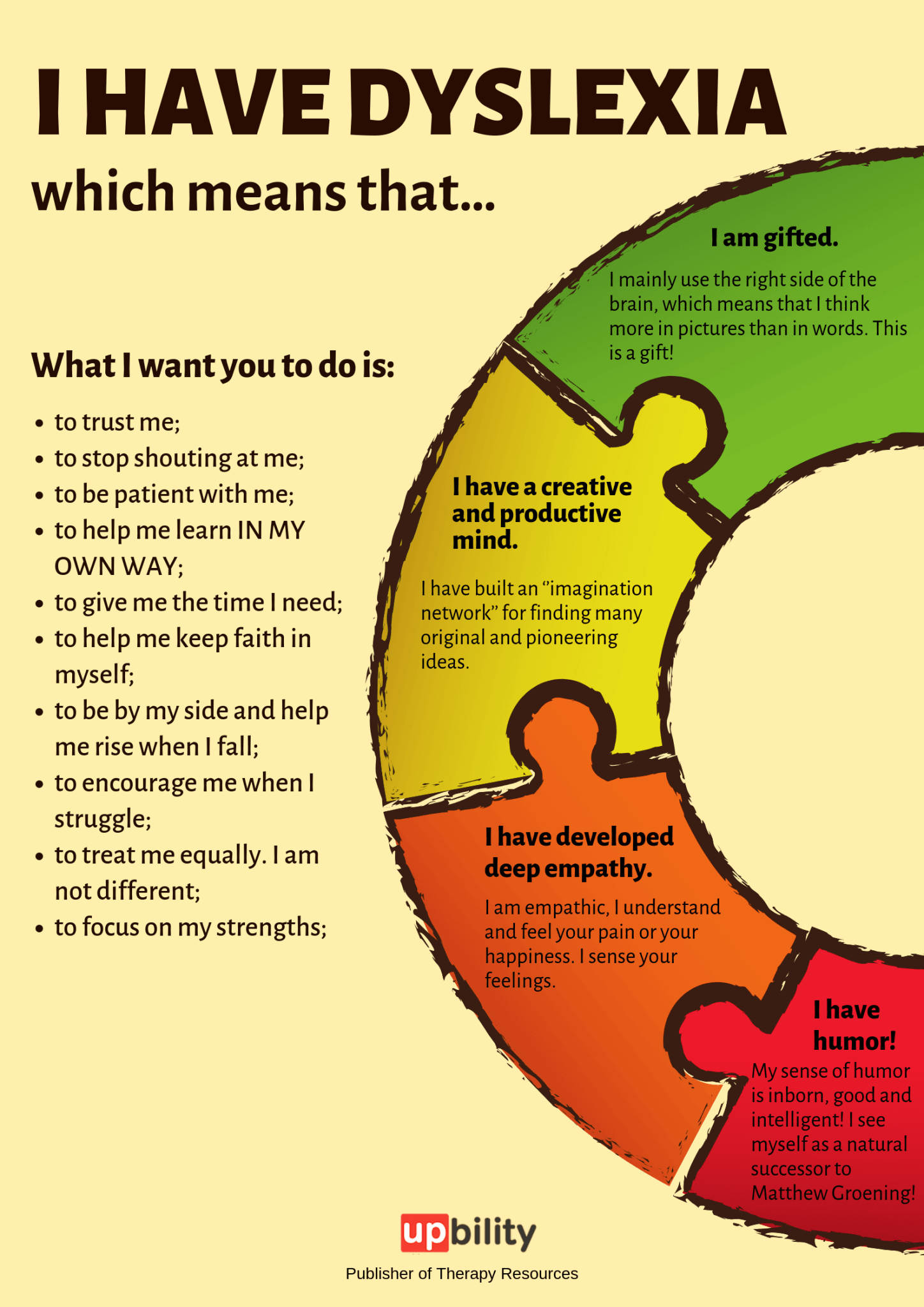




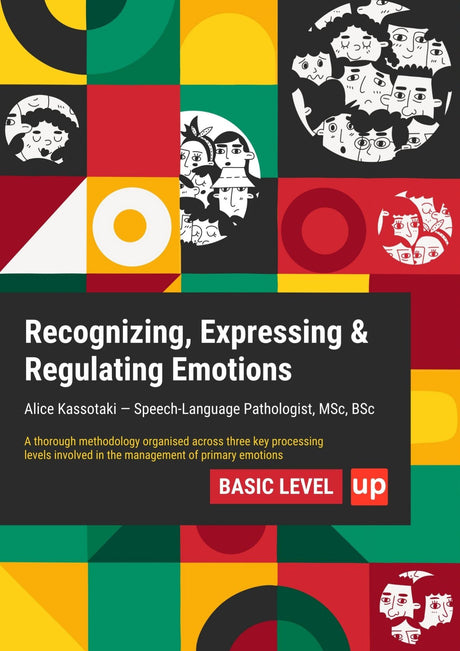
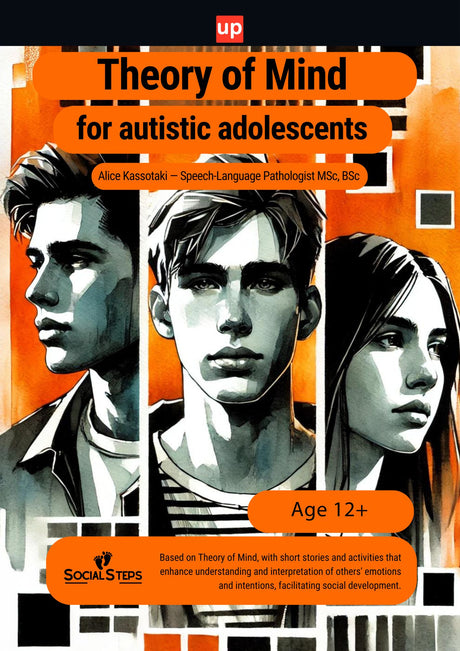
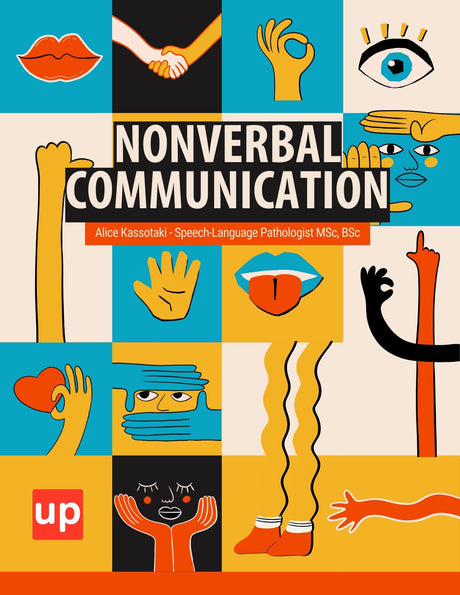
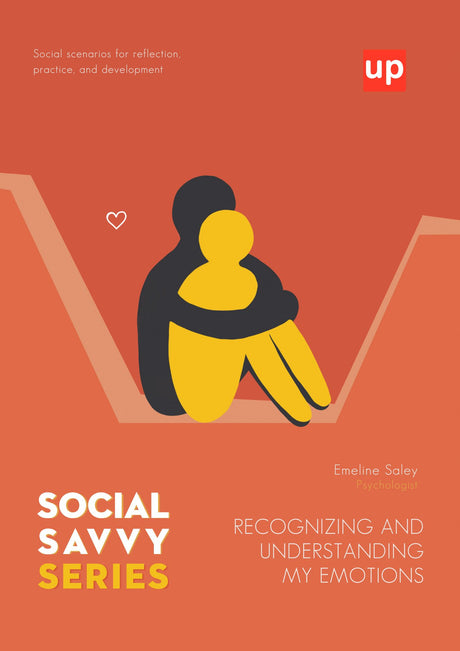
2 comments
Thank u amazing
Wonderful poster!